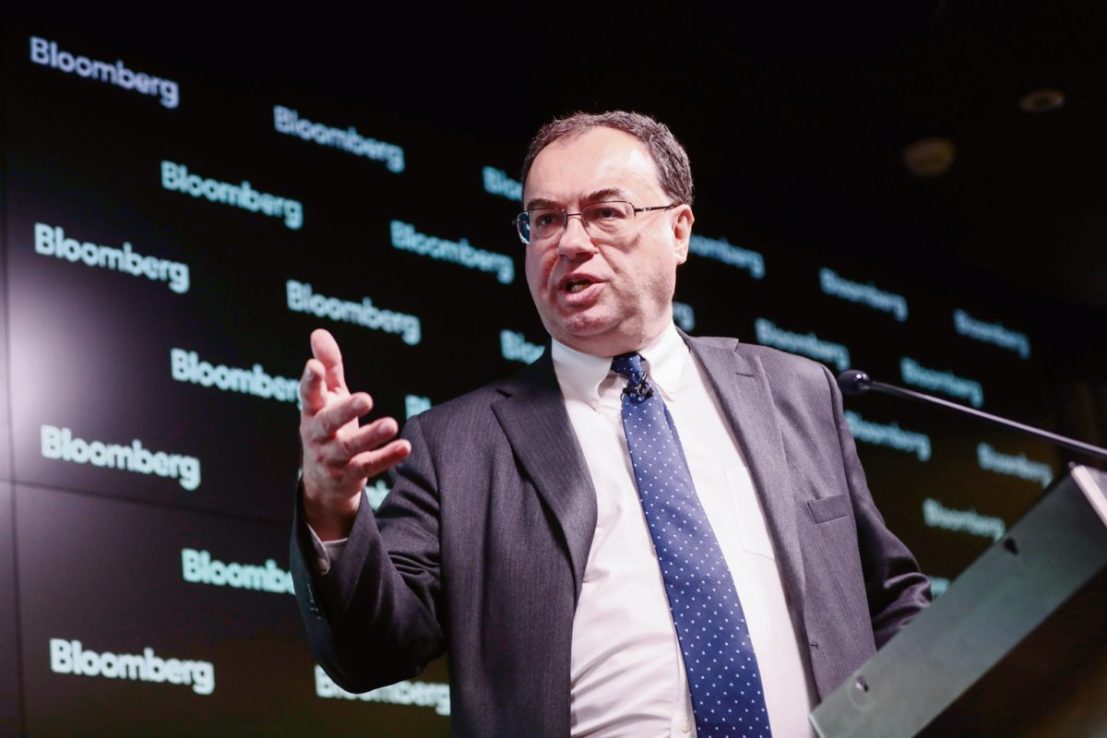
The governor of the Bank of England has cautioned against banks issuing their own stablecoins in marked contrast to a more bullish attitude to the technology in the US.
Andrew Bailey said the moves by banks to launch their own stablecoins, a kind of cryptocurrency backed by assets such as the dollar, did not offer the same guarantees as traditional money and could threaten financial stability and the nature of money.
“I would much rather [banks] go down the tokenised deposit streets and say, how do we digitise our money, particularly in payments,” Bailey said in an interview with the Times.
“Stablecoins are proposed to have the characteristics of money. That money is a medium of exchange. Therefore, they really do have to have the characteristics of money and they have to maintain their nominal value.
“We are going to have to look at it very closely through that lens. It’s both a financial stability issue and a money issue in that sense.”
Stable genius
The remarks come as the US prepares to approve the Genius Act, legislation under which commercial banks will be able to issue their own stablecoins.
Citi, Bank of America and JPMorgan are among banks exploring plans to issue a stablecoin, with the latter planning a token called JPMD.
But Bailey argued he would rather that central banks and private banks offer tokenised deposits, digital versions of money, rather than stablecoins which threatened to take “money out of the banking system” and the “credit creation world.”
Bailey also hinted he did not want the Bank of England to issue its own central bank digital currency or CBDC.
Cautious approach
Andrew Bailey’s cautious language flies in the face of other directors at the Bank of England, who appear more interested in the adoption of the technology.
Speaking at the City Week conference earlier this month, Sasha Mills, executive director of Financial Market Infrastructure at the Bank of England, said the Bank was “open minded” on the use of the technology and was “considering” what role stablecoins could play in wholesale markets.
“The Bank has always been clear that central bank money should be the primary settlement asset in the financial system, and we are innovating central bank money to ensure this remains the case,” Mills said.
“But we are also open minded to stablecoins being able to provide innovation that could also be useful for wholesale markets.”
A report by Innovate Finance in April warned The Bank of England risks “killing” London’s potential to become a global hub for stablecoins with its “prescriptive” rules, suggesting that London’s dominance of the foreign exchange market, in which it accounts for as much as 40 per cent of global trading, could pave the way for the capital to become the “Eurodollar market for stablecoins.”
The Bank has “tended to view stablecoins as a risk to stability,” the report said, adding that its approach is “out of kilter with other regimes and kill any opportunity for the UK to be a leading market for stablecoin trading and for corporate and wholesale services and transactions; it would in effect prevent all the growth benefits.”
Innovate Finance instead argued that the Bank of England should be “given an innovation objective” to encourage new technologies and innovation in payments, while officials should be “working with firms” to understand the nature of any systemic risks posed by the coins.
The stablecoin market has grown hugely over the past year, adding billions in value each month, and is now thought to be worth nearly $240bn.







